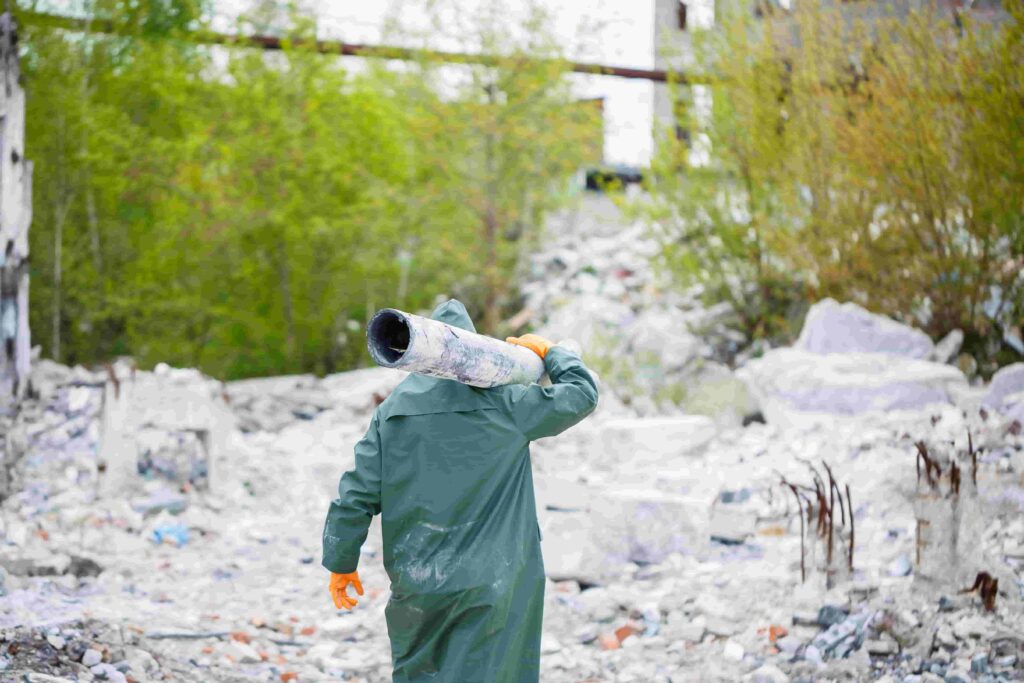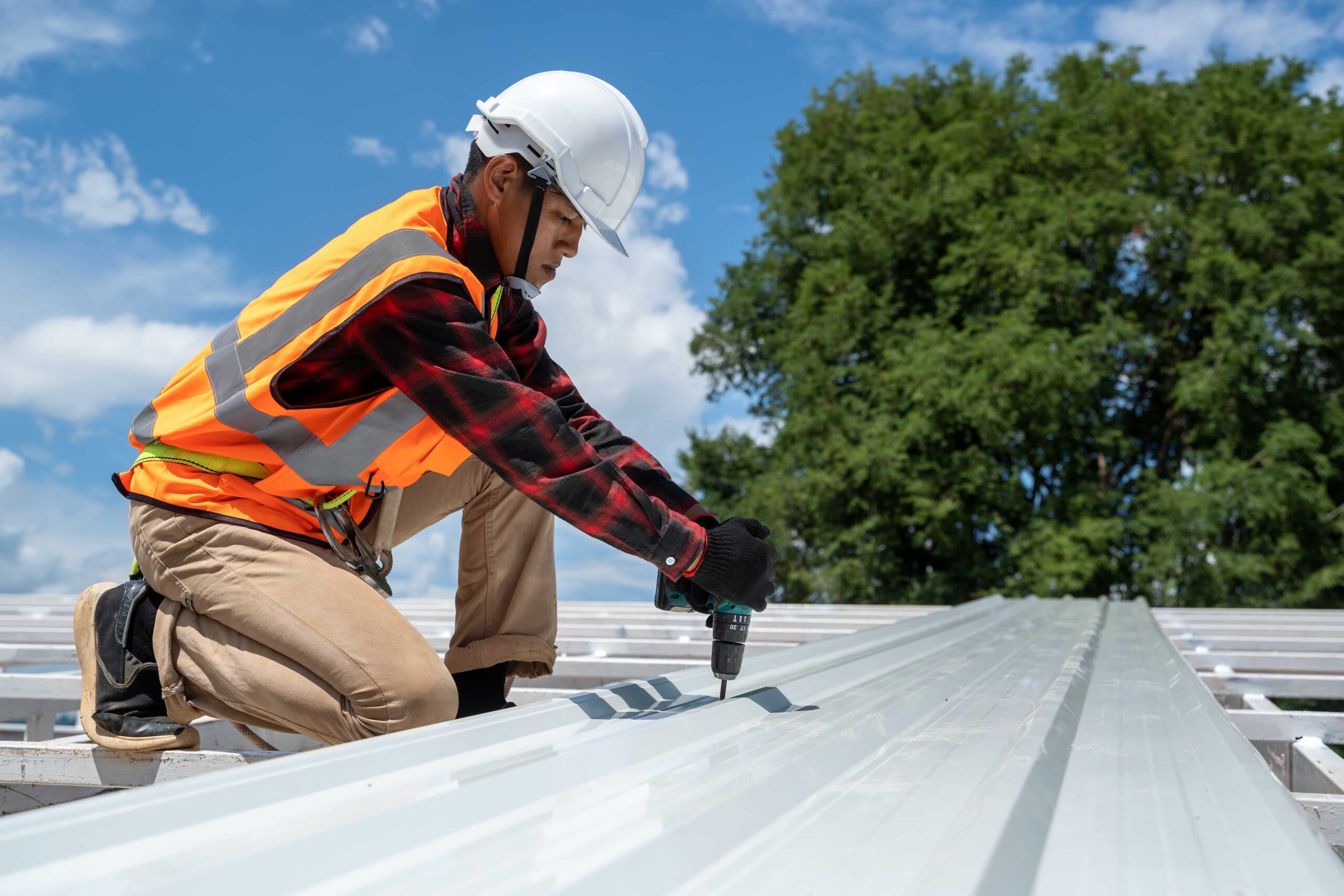
Renovation and demolition projects across the United States—particularly in older areas like New York City—require an essential layer of due diligence: asbestos takeoff. While most takeoffs involve quantifying materials like concrete, steel, or drywall, asbestos adds a risk-based dimension to the process that directly affects the final cost, labor plan, and schedule.
At True Bid Data, we help estimators and contractors create informed takeoffs that include allowances and flagged quantities for asbestos-related impacts.
Why Asbestos Takeoff Matters in Preconstruction
The goal of any construction takeoff is to build a data-informed cost baseline. However, failing to perform an asbestos takeoff introduces blind spots in:
- Demolition scopes
- Mechanical and roofing retrofits
- Interior strip-outs
- Utility reroutes
Since asbestos may be present in insulation, floor tiles, joint compound, roofing layers, and ductwork, the absence of abatement quantity data results in underestimated bids. New York City contractors face legal penalties and site shutdowns when asbestos isn’t properly accounted for.
What Is an Asbestos Takeoff?
An asbestos takeoff involves identifying and quantifying areas where asbestos-containing materials (ACMs) are known or suspected. This isn’t about sampling or testing (which comes later), but about recognizing scope elements with high ACM likelihood, such as:
- 9”x9” floor tiles
- Pipe insulation in basements
- Roof membranes and mastics
- Wall plaster in buildings built pre-1980
- Mechanical chase insulation
By mapping these elements in the drawings and attaching unit areas, estimators can begin to flag asbestos remediation zones, add provisional costs, and estimate sequencing impacts.
How to Perform a Digital Asbestos Takeoff
Using a takeoff tool like True Bid Data, estimators can:
- Layer area-based takeoff zones suspected of ACMs
- Use historical cost codes tagged with “asbestos” for labor and materials
- Label scopes separately for abatement vs. standard demo
- Export flagged quantities for client or subcontractor review
In highly regulated cities such as New York City, it’s also helpful to cross-reference plan sheets with DOB filings, building age, or historical abatement reports.
Cost Implications of Asbestos Quantity Data
An asbestos takeoff directly feeds into downstream cost modeling, influencing:
- Labor classifications (hazmat-certified only)
- Disposal cost per CY (significantly higher)
- Air monitoring staff and clearance delays
- Insurance adjustments
- Permit fees and environmental compliance
For example, a 2000 SF tile demo in NYC might cost $3/SF for standard removal, but $15–$25/SF when asbestos abatement is included. Unit rates shift dramatically, and a clear quantity takeoff ensures the estimate reflects these realities.
Asbestos in NYC: Scope Tagging Is Crucial
In New York City, legacy construction often includes ACMs in multiple components. Estimators should focus on tagging potential asbestos zones in:
- Bathrooms (floor and wall tiles)
- Mechanical rooms (boiler insulation)
- Roof sections (multi-ply membranes)
- Elevator shafts (fireproofing, insulation)
True Bid Data’s takeoff platform allows users to create custom cost layers for asbestos and connect them directly to CSI Division codes (typically 02 82 00 – Asbestos Remediation).
Asbestos Risk in NYC Bidding
In New York City, asbestos abatement is overseen by multiple authorities:
- NYC Department of Environmental Protection (DEP)
- NYC Department of Buildings (DOB)
- EPA (federal) and OSHA (workplace safety)
This means all bids must reflect regulatory compliance costs—even before site access is granted. Smart estimators use provisional line items in takeoffs and estimates, referencing DOB filings, inspection records, and project age assumptions.
This not only enhances estimate precision but also supports bid transparency when communicating with GCs or owners.
Reporting Takeoff Results with Asbestos Flags
Once asbestos zones are quantified, reports should include:
- SF or LF per suspected ACM
- Material type and location
- Suggested cost allowance per unit
- Tag for “Requires Testing” or “Confirmed”
- Potential impact on labor sequencing or phasing
This structured approach helps project managers and safety teams plan for delays and procurement of certified vendors in advance. It also helps justify higher bid numbers during GC review.
Who Benefits from Asbestos Takeoff?
- General Contractors: Understand hidden risk before submitting lump-sum bids.
- Estimators: Improve accuracy and eliminate change orders.
- Environmental Engineers: Coordinate inspections based on flagged areas.
- Developers: See a transparent breakdown of abatement risks and costs.
- Subcontractors: Isolate which zones require special crews or materials.
In cities like New York City, where large-scale residential and commercial renovations are common, asbestos takeoff is more than due diligence—it’s a necessity.
Streamline Asbestos Takeoff with True Bid Data
Whether you’re planning a demolition in Brooklyn or a school renovation in Manhattan, True Bid Data’s digital tools allow you to layer asbestos takeoffs seamlessly into your estimating workflow.
Visit True Bid Data to integrate asbestos awareness into your takeoff process—because the most expensive scope is the one you didn’t plan for.




